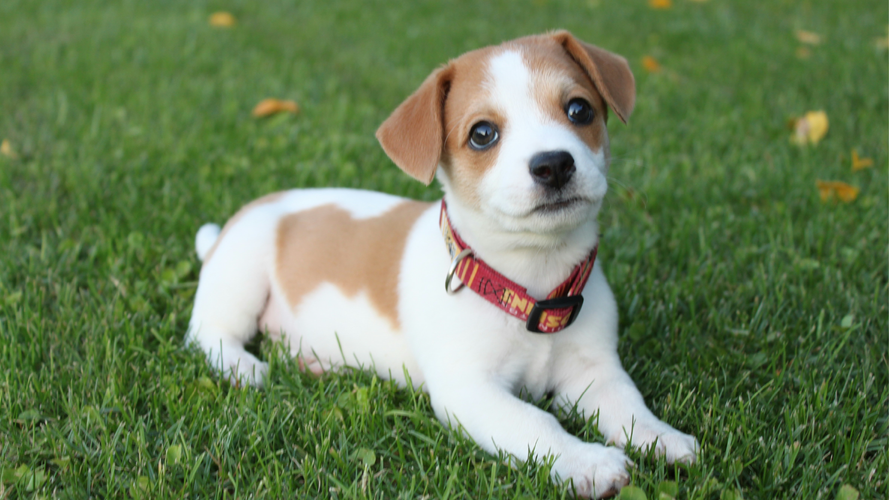Mastering Toilet Training for Your Dog or Puppy: A Complete Guide
Sep 16, 2025
Toilet training your dog or puppy can feel overwhelming, but with consistency, patience, and positive reinforcement, you’ll have your furry friend going in the right place in no time. Whether you’re bringing home a new puppy or helping an older dog adjust to a new home, the principles remain the same—though older dogs may require extra patience to break old habits.
Here’s everything you need to know to make toilet training a smooth and successful experience.
1. Understand Your Puppy’s Bladder
Young puppies have very small bladders, which means they can’t hold it for long—sometimes as little as an hour. Puppies usually need to go to the toilet after sleeping, eating, or playing. Being attentive and taking them to their designated toilet area after these activities can prevent accidents.
Even older dogs might need reminders when adjusting to a new routine or environment, so patience is key.
2. Recognize the Signs Your Dog Needs to Go
Dogs and puppies often give subtle signals when they need to relieve themselves. Look out for:
- Circling
- Sniffing the floor or walls
- Searching for a quiet spot
Being aware of these signs throughout the day can help prevent accidents and reinforce good habits. Even with a busy schedule, do your best to notice the cues—they make all the difference.
3. Designate a Specific Toilet Area
Pick a spot outside—or indoors if needed—where you want your dog to go. Take your dog to this area consistently, use a cue word like “go potty,” and reward them immediately with praise or a small treat.
“Praising your dog generously when they go in the right place reinforces the behavior, making it more likely to happen again,” says dog trainer Lara Shannon.
Consistency in location and encouragement helps your dog form a strong association between the spot, the action, and the cue.
4. Use a Consistent Cue Word
Choose a simple command like “go potty” or “go pee” and use it every time your dog goes to the toilet. Consistency is critical—using different words can confuse your dog and slow down training.
5. Minimize Distractions
While your dog is in the toilet area, avoid playing with them or doing other activities. Puppies learn fastest in a calm, distraction-free environment, and keeping your focus on the toilet spot helps them understand what’s expected.
6. Stay Calm During Accidents
Accidents will happen—especially with puppies. Punishing or getting angry at your dog can make them anxious, which may cause them to hide when they need to go. Instead, calmly clean up and redirect them to the correct spot. Positive reinforcement is far more effective than punishment.
7. Extra Tips for Indoor House Training
If your dog will use an indoor toilet area:
- Pick a designated spot and encourage them to use it consistently.
- Praise immediately after they finish.
- Avoid scolding or making a fuss during accidents—dogs may repeat the behavior if the scent is still present.
- If you catch them mid-squat, gently move them to the correct area and reward once they finish.
8. Cleaning & Odour Control
Avoid cleaning products that contain ammonia, as this can attract your dog back to the wrong spot. Instead, use enzymatic odor removers designed for pets to fully eliminate scent traces.
Toilet training is a journey for both you and your dog. With regularity, clear cues, and lots of praise, your dog will quickly learn where and when it’s appropriate to go. Stay patient, consistent, and positive—it’s well worth the effort!

